Travelling is magical. Where exactly the magic lies, well, that is probably up to every single one of you travellers out there to decide – but for me, a big part of the charm is definitely hidden in the first time. The first time you visit a new country or place, the first time you experience something new, the first time you discover the richness of other – or your own – cultures, that is also the time when you are, for a little while at least, looking at the world like a child again. Everything is new, and everything is wondrous!
You take away something from those first encounters, you watch them carefully, you note down details that would otherwise maybe go unnoticed. When I went to (and Southeast Asia in general) for the first time last month, I felt the familiar rush of coloring in this white spot on my own personal map– and brought back home a mental list of little things that I had definitely not known before. Let me share them with you – maybe this way, the magic of the first time will last a little longer, and reach a little further…So here are 20 little things you might not have known about Thailand!
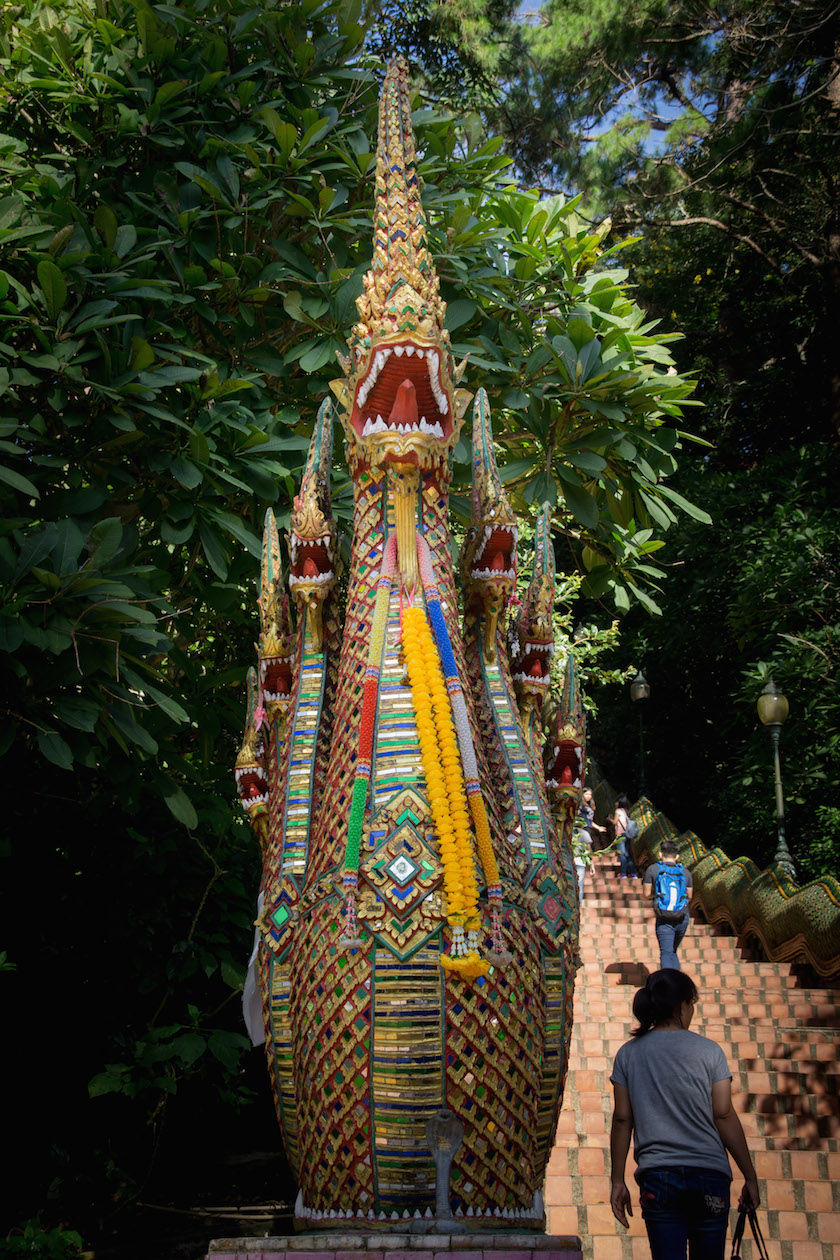
-
There are different levels of Wai, the Thai greeting
It’s pretty hard not to notice the greeting gesture that Thais use – the Wai. You’ll find Thais politely putting their palms together and greeting you with a small bow wherever you go. What took me a couple more days to figure out was that there are actually different levels of Wai – the higher up the hands are held in front of your body, the more respect you are showing. Generally, there are three positions: your palms can be in front of your chest, your lower face (with your fingertips ending where your nose starts), or the upper half of your face (with your thumbs touching your nose).
If you would like to accept or return the greeting, you simply put your palms together in front of your chest – the bow is not necessary.
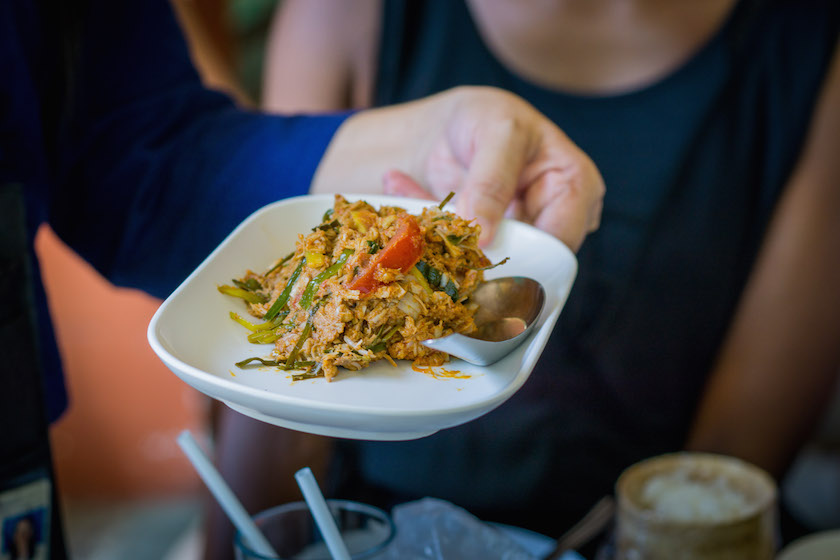
-
Jackfruit is the perfect substitute for meat (and fish!)
I’m a foodie, and yet, I’ve never heard of jackfruit. A major shortcoming, as it turns out! My with a giant aversion to artificial substitutes is so much easier now that I know that jackfruit exists! This enormous fruit is native to Southeast Asia and has the texture of a well-cooked piece of meat – basically, it feels like you are cutting yourself a slice of steak that has been carefully marinated and roasted for several hours until it becomes so soft that it falls apart as soon as your lips touch it. Or, to describe it a bit simpler: It’s pulled pork, but vegan.
-
Speaking of Fruit: There is one out there that smells so bad, you are not allowed to bring it anywhere near a hotel
This was a legend come to life for me – finally, I saw the signs that tell tourists to not bring Durian to the premises. The fruit (which, incidentally, looks a lot like jackfruit if you ask me!) allegedly smells like rotten eggs or sewage, but has a sweet taste that Thais love – or at least those I’ve asked.
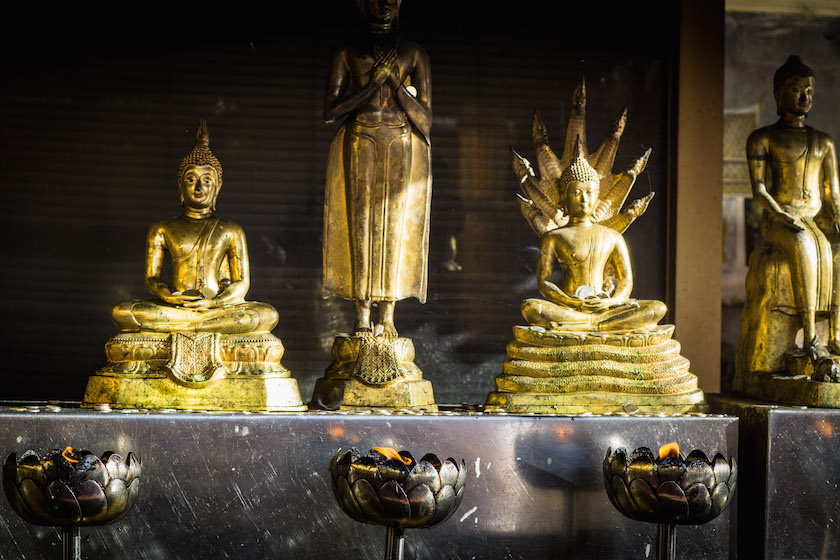
-
The Day You Were Born Matters
Even though there is no official state religion, Buddhism is practiced by more than 90% of the population. This means that Buddhist teachings are deeply ingrained in daily life. For example, each day of the week has a special color, and a corresponding Buddha position – mine would be purple and a sitting Buddha, meditating. Knowing this fact, if you pay a little attention, you can see this influence everywhere, from Thais wearing the current color of the day to rooftop bar elevators announcing the color to their passengers.
-
Yes, the dainty looking Thai woman can really break your bones
The average height for females in Thailand is 159cm (5 feet 2 ½ inches), so if you come from Europe or the US, chances are that you will be taller by a head, at least. Don’t let this fool you into thinking that the tiny lady whom you just booked your massage with will not be able to break every single bone that exists in your body, though! Thai massages have a reputation for being intense, and that reputation is not built on nothing – but opt for one anyways, the pleasure of feeling truly relaxed afterwards is worth all the pain.
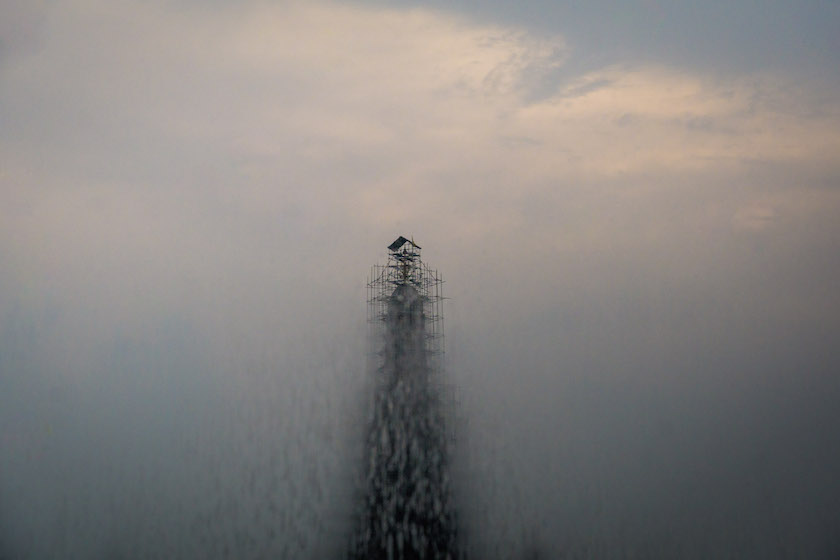
-
Monsoon season is a great time for travelling, too
Yes, sure, if given a choice, I probably wouldn’t choose monsoon season for my trip. In fact, I wouldn’t even consider it, because who likes the idea of stormy weather and incessant rain on their tropical holiday? As it turns out, monsoon season isn’t all that bad – yes it rains, yes, even every day, but only for a few hours. This time is best spent in one of the many massage parlors dotting the country: after two hours of bliss, you often find blue skies and a new freshness in the air, dispelling the hot and humid temperatures at least for a little while.
-
Silkworms taste like nuts
Strolling through local markets, tasting your way through street food stalls, or enjoying a drink or two on in Bangkok – those are as good as any occasion to try an insect or two. The little critters are actually highly nutritious and easy to breed, which is why they are often praised as the “future of alimentation” for times when meat might get scarce. I snacked on silkworms and a grasshopper, and while they were not the first insects I’ve tried in my life, they were definitely the biggest yet. I’m not really squeamish when it comes to insects, but was at a loss for how to actually eat them – do I just swallow them whole? The friendly vendor showed me the ropes and I learned: silkworms taste exactly like nuts, grasshoppers are more like chips.
The second lesson I took away from that encounter? When I asked the vendor how she usually eats the bugs, she exclaimed with widened eyes: “Me? I don’t! I really don’t!” She was not the last to give me that response: seems like while you can get insect snacks around every corner in Thailand, they are not a favorite with locals, either.
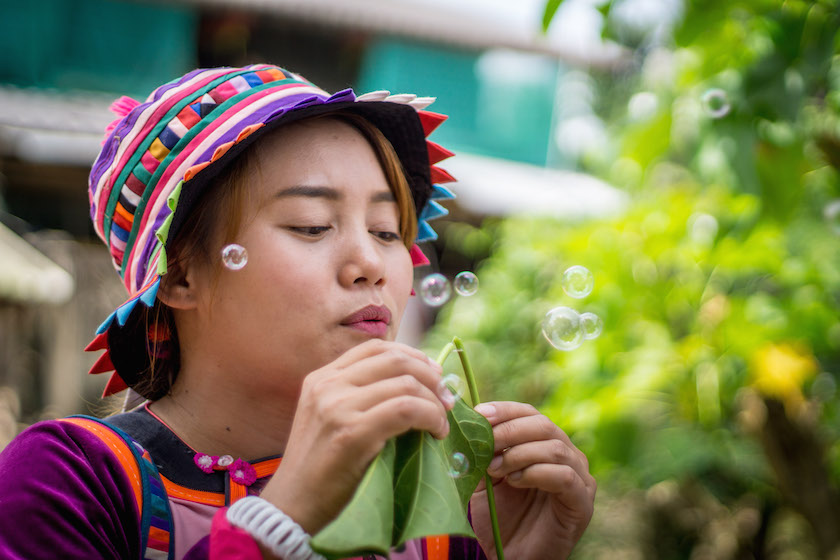
-
There is a tree that lets you blow soap bubbles out of its leaves
A short drive outside of , where the hills are covered in lush greenery and humid wisps of fog, I encountered the Jatropha tree for the first time. It wasn’t really love at first sight, I have to admit – the Jatropha seemed like an ordinary tree to me, almost disappointingly devoid of fruit, while the other plants were boasting delicious bananas and colorful flowers. It took our guide from , who was giving us a tour through the little settlement of the Lisu tribe in the Thai hills, to show me how cool the Jatropha tree really was. Expertly, she broke a little branch off the shrub, broke it right before the leaf starts, and started blowing through the tiny hole that emerged. Out came – bubbles! Just like that, I had a favorite tree – not really a title I thought I’d ever award, but the Jatropha tree totally deserves it. Which other tree could ever beat real soap bubbles coming out of their leaves? Exactly.
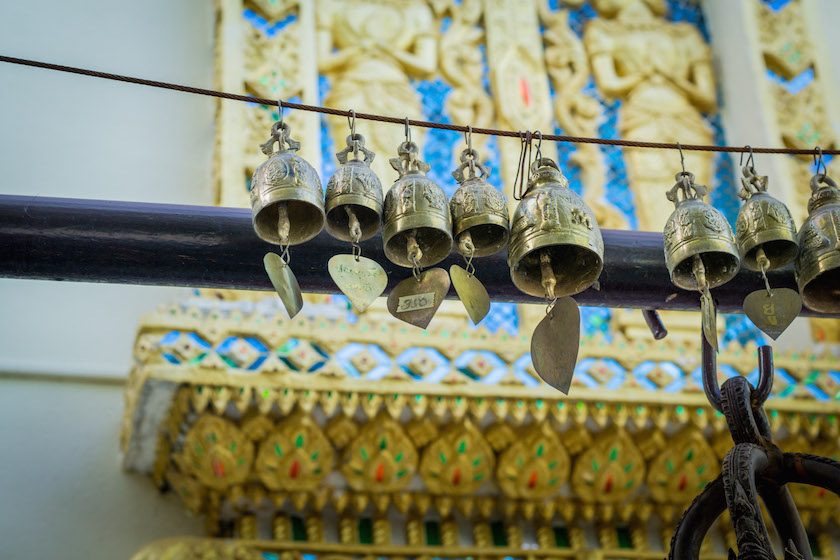
-
The little bells in Buddhist temples are more than a call to prayer
When you enter a Buddhist temple, you will soon notice the many little bells that are lining the edges of the splendid buildings. There are bigger bells next to the places of worship, as well, and if you ask around, you will soon hear that they are used as a call to prayer. A gentle ringing of the bells may also serve as a reminder to be mindful and to live in the moment. That is not all, though – when we walked through Bangkok’s alleys on a , our enthusiastic guide told us one last application of the bells. According to her, they are used to keep the birds off the precious buildings – after all, even the most religious believers can be practical, too.
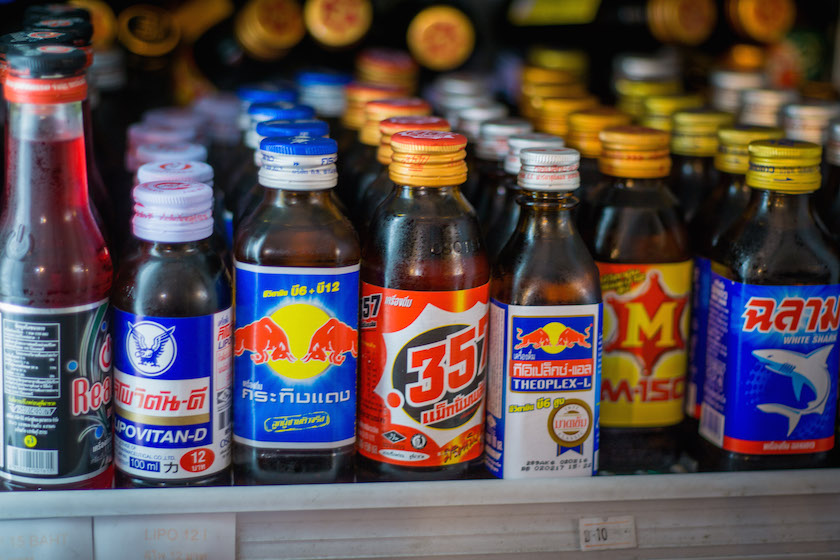
-
Red Bull originates from Thailand
Yes, Red Bull – the company – is Austrian, or at least Red Bull founder is from the tiny country in the Alps. The energy drink itself comes from a few time zones away, though – and while I knew that the drink was not Austrian, I had no idea that it actually originated in Thailand. When my travel buddies first pointed out the little bottles of “Red Bull” to me, I had to smirk: this is the source of what we know as Red Bull in the West. Apparently, the ingredients were slightly moderated for Westerners to adjust to taste differences, but I missed the chance to try it, so this is one little thing that I’ll have to experience for the first time on my next visit…
-
Not everything that looks artificial actually is artificial
One of the most enjoyable and, at the same time, interesting things we did on our short trip to Thailand was to participate in not one, but two . One of them took us through the old town of Chiang Mai, while the other brought us closer to the very international cuisine of the Bangrak district in Bangkok. This last one was also where we were presented with a small, sweet bun, cut in half, containing a bright green, gooey substance – this was Sangkaya, a sort of custard. If you’ve read number 7 just above, you can easily guess that I didn’t really have any problems with eating that, either – but I was convinced that it was something highly artificial. The color alone was proof enough!
When asking about it, I was explained that the color actually comes from Pandan leaves. The rest of the ingredients are simple: flour, eggs, sugar, and milk. If it hadn’t been green, I wouldn’t have even thought of denouncing it as unnatural! All the better, since I really liked the taste, unlike the other participants in the tour – so be aware that if you would like to try Sangkaya yourself, it does taste unusual and the consistency is not everybody’s cup of tea.
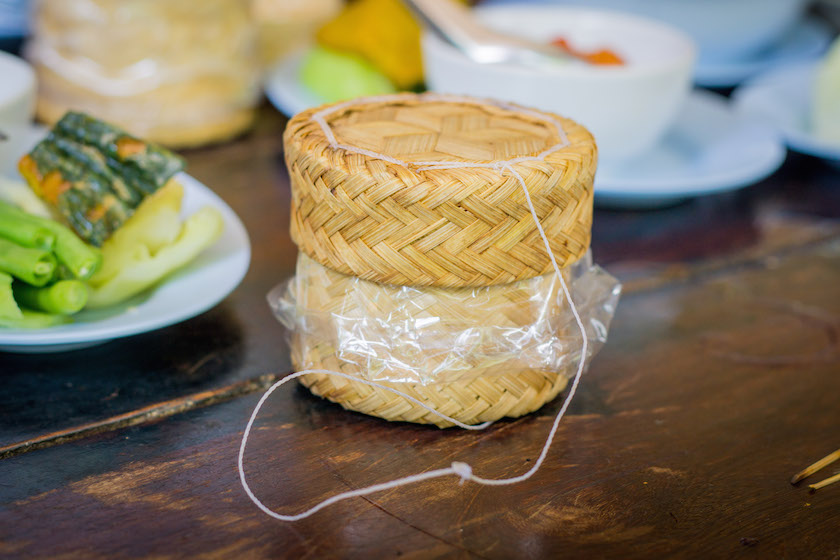
-
Your left hand is not for eating
I’m European, and arguably even more so than in the rest of the West, we are used to eating with forks and knives, using both hands when enjoying a meal. In Thailand, using your left hand to bring food to your mouth is not customary – rather, you use a fork in your left hand to transfer food onto the spoon that should be resting in your right hand. Then, you can eat off the spoon to your right.
Thais also don’t use chopsticks – when they eat (sticky) rice, for example, they usually roll it into little balls and eat them by hand. This is another area in which using the left hand is frowned upon. Of course, I wanted to adjust to local customs and tried not using my left hand, but if the putting food on the spoon in my right hand felt awkward and strangely different, rolling rice into little balls with only one hand seemed impossible. It’s probably a matter of practice, though – a little longer in Southeast Asia and maybe I would have become just as used to rolling little balls of rice as the Thai are.

-
The Khlongs are the really amazing part of Bangkok that nobody tells you about
When I mentioned I’d go to Thailand, there were many suggestions as to what I should do from friends and family – after all, the country is popular with tourists and many of the people around me have already been there. Not a single person mentioned the Khlongs, though! The canals that weave through the vast cityscape of Bangkok are a wonderful place to explore for a day: the city seems like something else, entirely. Gone are the giant skyscrapers, the busy streets, the futuristic-looking sky train stations – all replaced with quiet waterways and tropical greenery. Our first trip to the Khlongs was when we were on our way to , a mere route of transportation. The little while it took us to get there was so beautiful and enjoyable that two of us opted for another boat tour through the Khlongs the next day – definitely recommended.
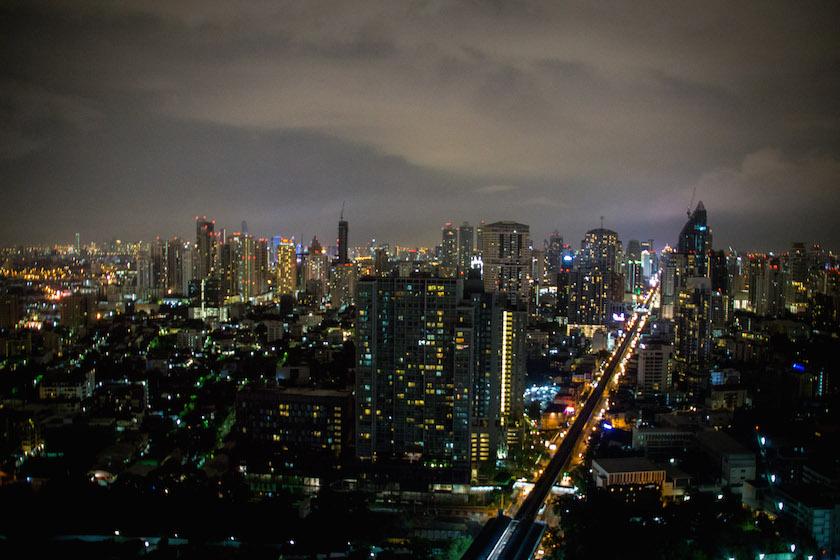
-
The Rooftop Bars are the really amazing part of Bangkok that everybody tells you about
What everybody and their mothers did tell me about, though, were the rooftop bars. It seems like you haven’t really been to Bangkok if you haven’t seen it from above, at least once, drink in hand. I’m terribly afraid of heights, but also terribly fond of great views – and really, the rooftop bars are worth the jittery nerves.
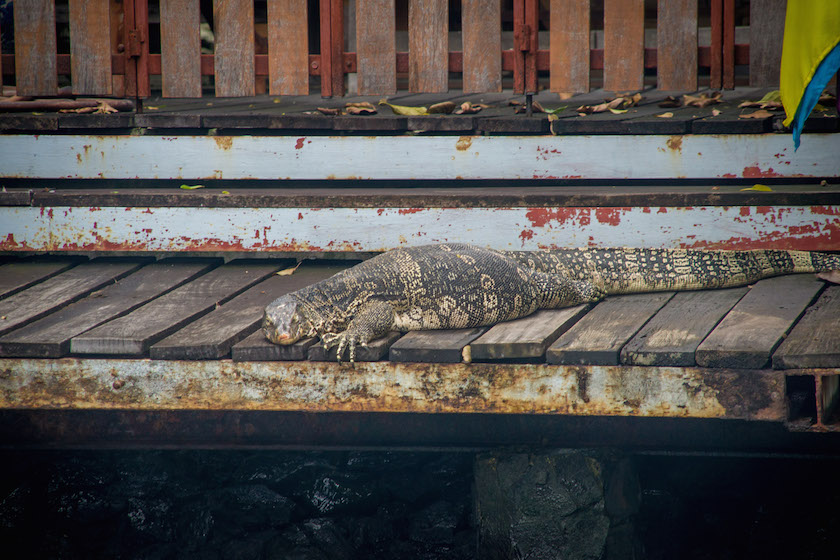
-
Speaking of the Khlongs – they are full of monitor lizards
Reptiles are fascinating to me – I grew up in a country where seeing one out in the wild is not usually a thing that happens, and if you do see a reptile, it is the size of a child’s hand. Not very exciting, if you ask me. That is probably why discovering that Bangkok’s canals, the Khlongs, are full of giant monitor lizards, was such a sensation for me. Yes, sure, I am aware of the fact that animals live in cities, too – seeing them with my own eyes was a little better than just reading about it, though.

-
The inside of a coconut is soft and wobbly
I’ve enjoyed my fair share of coconuts while travelling the world in the last few years, but never have I actually seen the inside completely removed from its shell. It took a trip to Thailand for me to see this for the first time: when you carefully chop away the hard exterior, what remains of the coconut is soft and wobbly, like a very fragile ball. The coconut water then gets poured into a little cup, with the somewhat deflated ball of coconut flesh being added just afterwards.
-
Being polite in Thailand doesn’t mean saying “Please” and “Thank You” – It means saying “Ka” and “Krap”
There are two little words in Thai that are untranslatable in English, but that make sense anyways – “Ka” and “Krap”. They are said after sentences or questions, after a simple “Thank You” or to complete a welcoming “Hello”. Depending on whether you are a woman or a man, you say “Ka” or “Krap”, but the intention is the same: these are words to show respect and politeness. Soon after you set foot in Thailand, you start to feel like it is normal to complete your sentences with a drawn-out “Ka” or a well-intended “Krap” – and as soon as you are back, you miss them a little bit. True story, ka.

-
Buddhist temples come with their own sets of rules
When visiting religious sites, there are different rules to follow in every religion. Thailand was the first Buddhist country that I had been to, which offered me a chance to learn more about this religion and its customs. On such a short trip, these are probably most easily observable in temples: here, you can see people performing religious rituals, praying, and seeking advice. For example, Buddhists walk clockwise around the stupas, Buddha statues, or the religiously significant Bodhi tree – it is a sign of respect to choose this direction of walking. What I found most interesting, though, was that some temples ask women who are currently menstruating to refrain from entering the temple. Later, I found out that even prayers who are done during your time of the month will fall on deaf ears.

-
Thai shamans still exist – at least for tourists
The tradition of Shamanism in Thailand is not something that can be observed everywhere in the country – shamans are usually found in the hill tribes of the North. Much like in other countries where shamanism is common, these healers are usually respected elders who care about the welfare of the tribe. These days, there are still practicing shamans to be found in the North of the country, but many are performing for tourists. The authenticity of modern day shamanism is debatable, sure, but learning about these ancient traditions is still spellbinding.
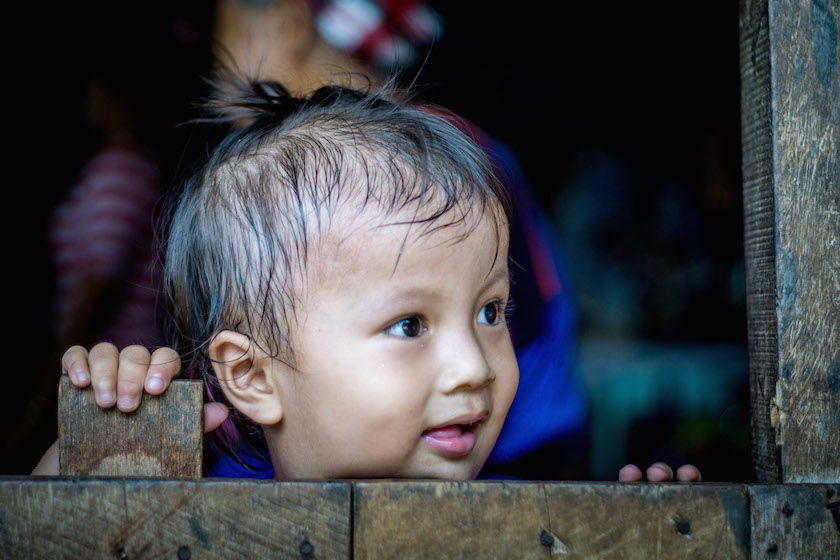
-
Thailand is called the Land of Smiles for a reason
Thailand really is the land of smiles – you feel welcomed the minute you step into that airplane, polite Thais gently bowing in greeting. Khop Khun Ka and thank you, Thailand, for making me feel so well accommodated. I’ll be back for sure – after all, there are many more things to be learned and experienced!
There really is something about travelling to a new country or place for the first time that always makes me feel like an inexperienced traveller, a first-time tourist – I marvel at the smallest things. What about you, have you been to Thailand? If yes, what are the things that were most surprising to you? Which little things have you learned? I’d love to hear and learn more!
* I was kindly invited on this trip by the , all opinions stated are my own. Check out more about this trip on the blogs of my fellow travellers, Kathi and Romeo from and Martin from (German language only).





























